Everything you need to know about the Russia-Ukraine conflict right now
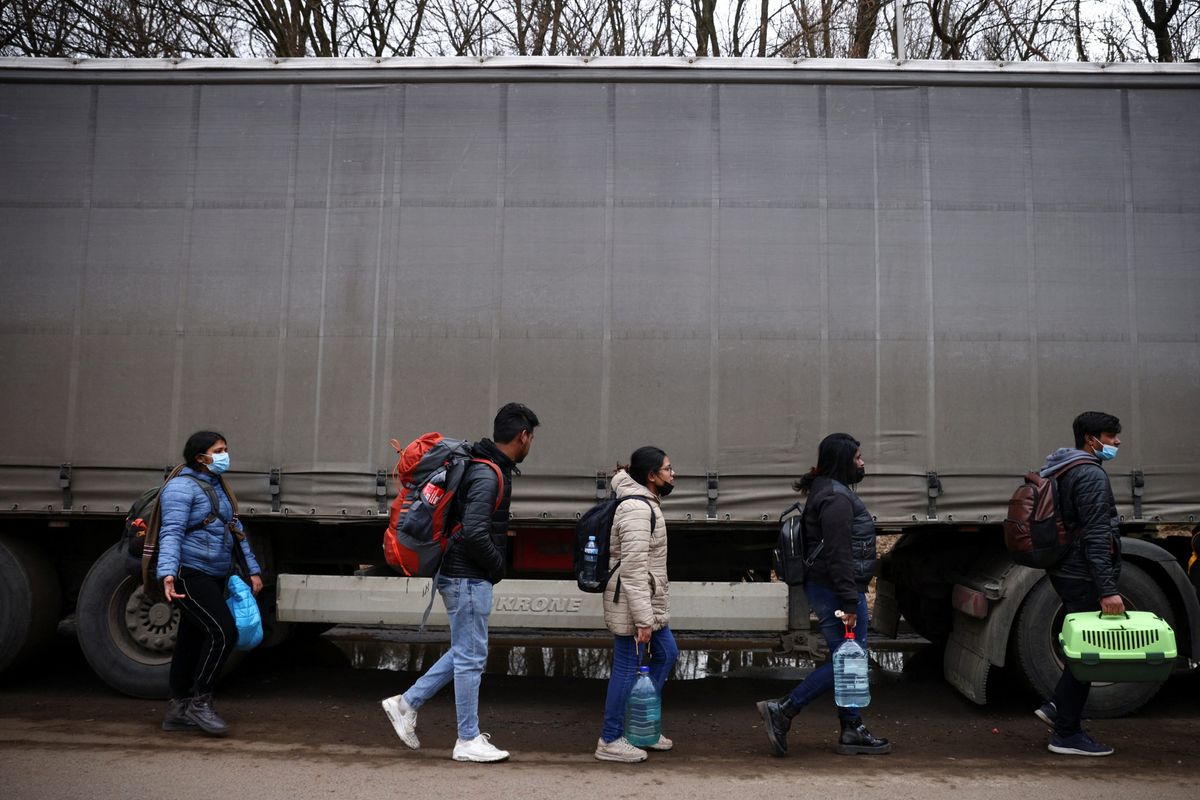
A few minutes every morning is all you need.
Stay up to date on the world's Headlines and Human Stories. It's fun, it's factual, it's fluff-free.
The backstory:
- Russia invaded and annexed Crimea and eastern Ukraine (a former Soviet state) back in 2014, which caused it to be kicked out of the international military alliance, The North Atlantic Treaty Organization (NATO).
- Over the last few months, Russia has been amassing large numbers of troops at the Russian-Ukrainian border, worrying people that Russia was looking to invade again, eight years after the first invasion.
- Russia denied any intention to invade and said that the troops were for self-defense. Meanwhile, they sent some demands to the West, including banning Ukraine from ever entering NATO.
- The United States responded by writing to Russia, saying that they wouldn’t ban Ukraine but would find ways to work with Russia where appropriate.
- On February 21, in a televised address, Russian President Putin recognized two Russian-backed separatist regions in Ukraine and then ordered the Russian army into the area to “keep the peace.”
- Putin described the country as an essential part of Russia’s history and added that he was confident that the Russian public would support his decision.
- Since Russia’s move, the US, the United Kingdom and the European Union have all announced increasingly intense sanctions against the country.
- Ukraine declared a state of emergency on February 24 for 30 days. This announcement came after several government websites were experiencing a Distributed Denial of Service (DDOS) attack.
The invasion:
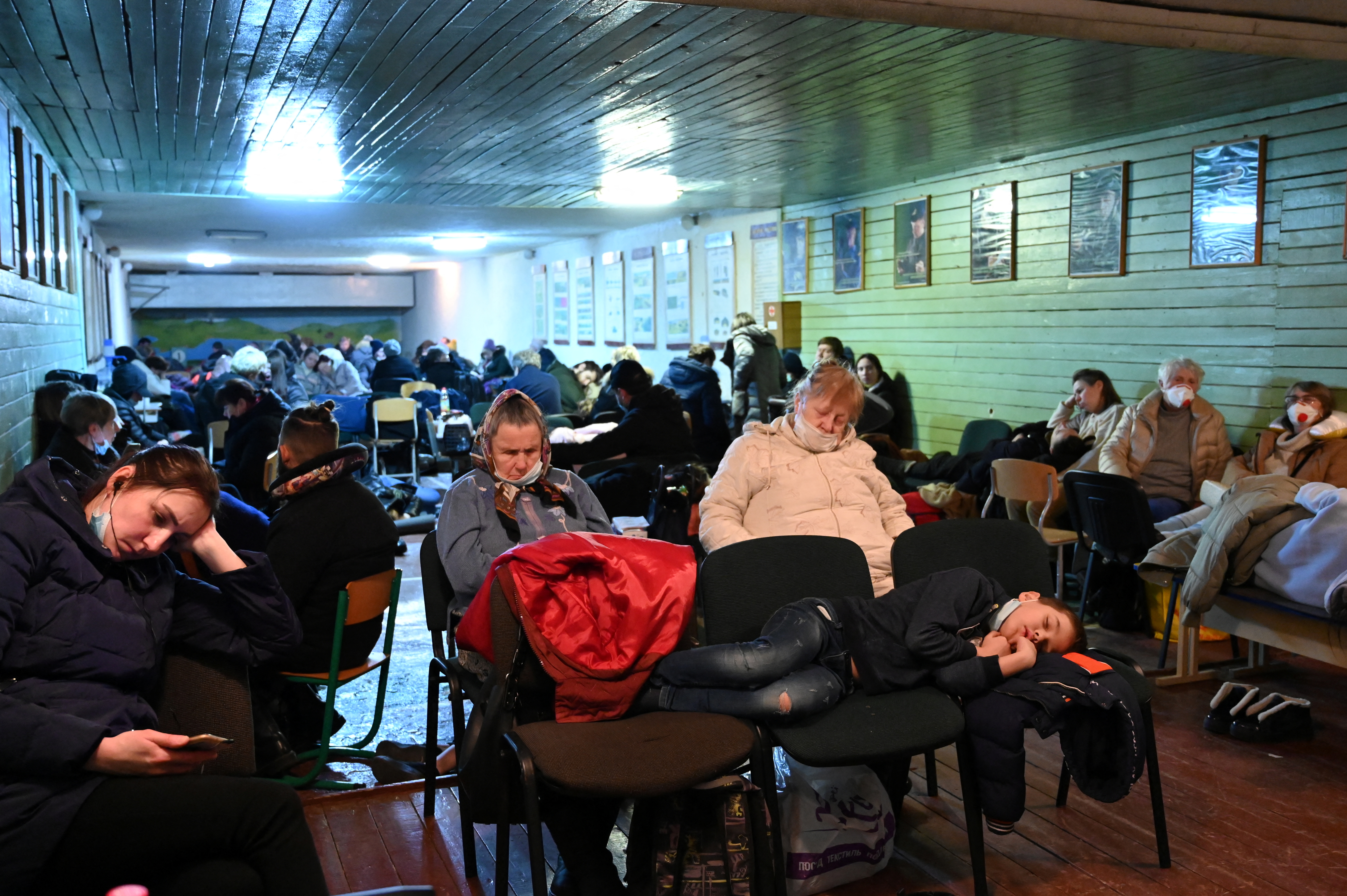
- In the early hours of February 24, Russia’s President Putin authorized a special military operation in Ukraine’s Donbas region.
- Putin explained that the move was in response to threats from Ukraine. He also urged Ukrainian soldiers to lay down their weapons and go home, saying that any bloodshed would be on them.
- Putin also added that his country has “no plans” to occupy Ukraine, and the Ukrainian people would be able “to choose freely” who runs the country.
- Soon after, Ukrainian President Volodymyr Zelenskiy said that Moscow’s claims that Ukraine was a threat to Russia were false.
- “The people of Ukraine and the government of Ukraine want peace,” Zelenskiy said in an emotional address in Russian. “But if we come under attack, if we face an attempt to take away our country, our freedom, our lives and lives of our children, we will defend ourselves. When you attack us, you will see our faces, not our backs.”
- “He wants to reestablish the former Soviet Union,” said Biden. “His ambitions are completely contrary to the place where the rest of the world has arrived.”
- Meanwhile, sanctions have been strengthened, with the largest Russian banks and oligarchs and Putin being targeted by the US, EU and UK.
The Putin-Zelenskiy meeting:
- Even as the battle within Ukraine continues and Putin has put nuclear forces on alert, government officials from both Ukraine and Russia will be meeting at the Belarus border.
- President Zelenskiy said Ukraine would hold talks with no preconditions at a location along the Pripyat River, which flows between Ukraine and Belarus.
- Zelenskiy said that he didn’t think that it would be a discussion that would help but that he was willing to try if it meant there was a chance at achieving peace.
- “I do not believe much in the result of this meeting – but let them try so that not a single Ukrainian citizen has doubts that I as president did not try to stop the war when there was a chance, albeit little,” Zelenskiy said on Telegram.
- Zelenskiy said that Belarusian President Alexander Lukashenko would ensure that all planes, helicopters, and missiles stationed on Belarusian territory remain on the ground during the Ukrainian’s travel, talks and return to the country.
- Russia and Belarus haven’t issued any official statements about these potential talks.
SWIFT cut off:
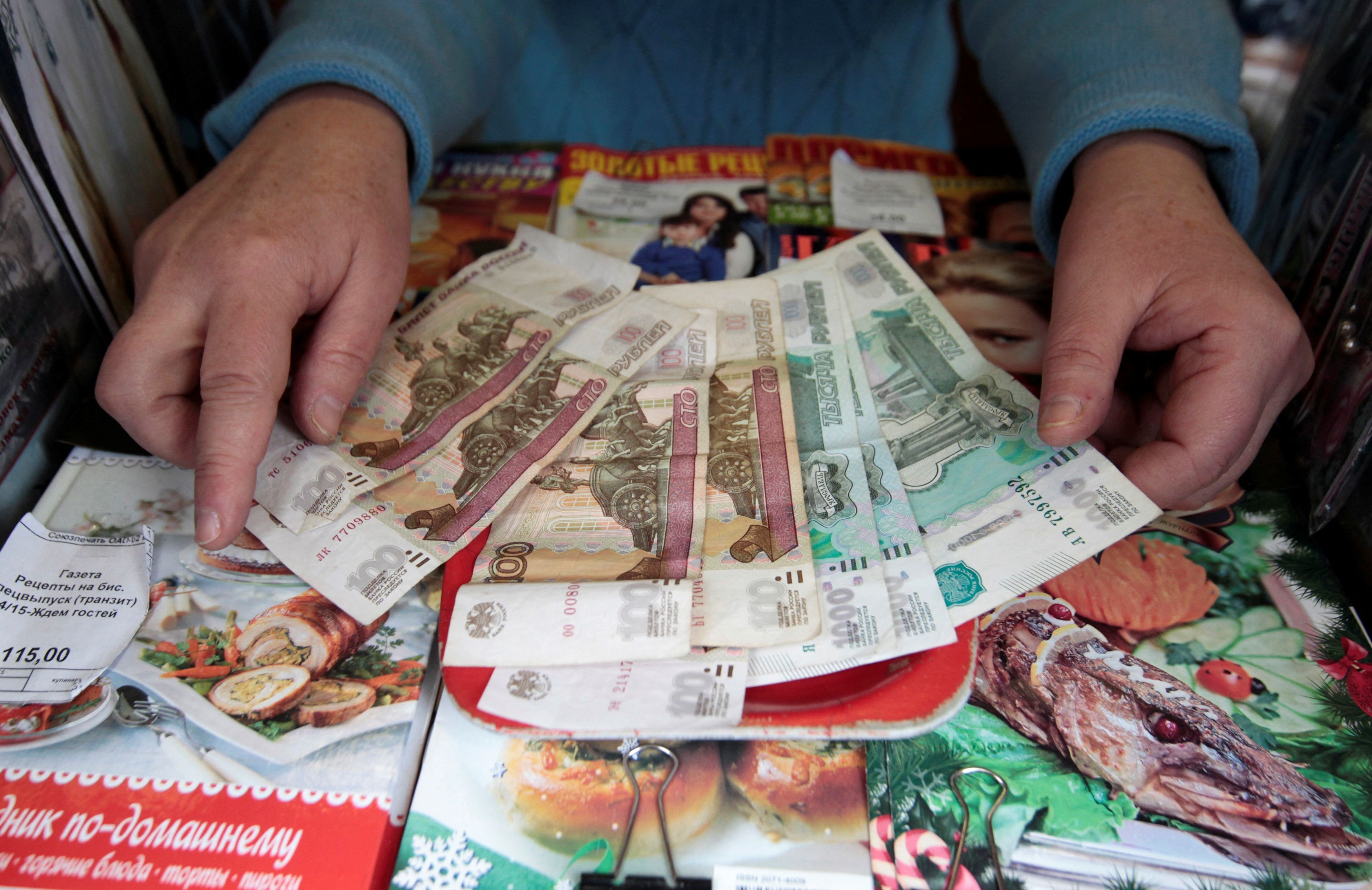
- The Society for Worldwide Interbank Financial Telecommunication, aka SWIFT, is a global payment messaging system that lets people execute international financial transactions quickly.
- It’s jointly owned by 2,000 banks and financial institutions and was created to enable international trade. Even though the payment system is meant to be neutral in political disputes, governments can still impose bans on their side, which is what’s happening now.
- Forty million messages are sent on the system every day, and trillions flow between all the parties involved, 1% of which is believed to involve Russian payments.
- On Saturday, in a joint statement from the US and EU, they said that some Russian banks would be banned from the SWIFT system. On Sunday, Japan said it would also join in and ban some Russian banks from SWIFT. In addition, the assets of some Russian government officials, including Putin, will also be frozen.
- It will become more apparent within the next few days which banks will be banned. And the whole aim is that Russian companies won’t be able to operate as seamlessly, and the banks will need to work directly with one another, adding delays, costs and hurting the Russian government’s revenue.
- For example, when Iran was banned from SWIFT in 2012, it lost almost half of its oil export revenues and 30% of foreign trade.
Other developments:
- Over 300,000 people so far have left Ukraine and fled to the EU. The number is expected to increase to the millions.
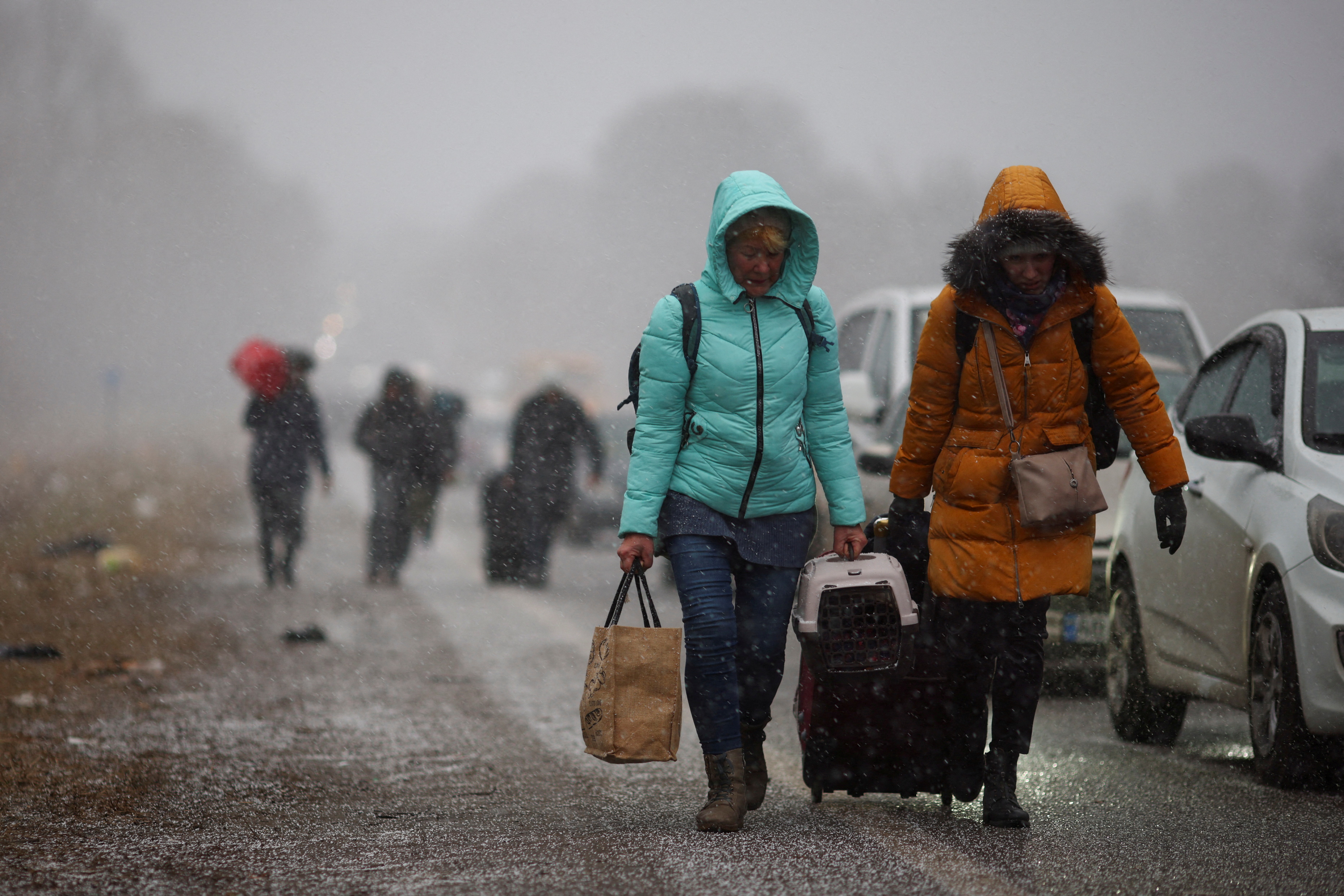
- On Sunday, the Ukrainian health ministry confirmed that 352 civilians, including 14 children, had been killed since the Russian invasion. It added that 1,684 people, including 116 children, had been injured.
- The International Monetary Fund (IMF) is in the middle of approving US$1.4 billion for Ukraine to support its economy and defense against the invasion.
- Two Ukrainian facilities containing nuclear waste have suffered damage during the Russian invasion of Ukraine. This includes a radioactive waste disposal site in Kyiv and an electrical transformer in Kharkiv, which were hit by missiles.
- The EU’s European Peace Facility will supply arms to a country at war for the first time in its history by sending 450 million euros (US$502 million) in military aid for lethal weapons. In addition, another 50 million euros (US$56 million) will be provided for non-lethal purposes.
- The EU is banning Russia’s state-owned media Sputnik and Russia Today.
- Most of Europe has closed its airspace to Russian carriers, making it difficult to transport cash into the country physically. Popular payment systems like ApplePay will stop working in Russia.
- The Group of Seven (G7) finance ministers and central bank heads will be meeting on Tuesday, and one of the topics many expect them to discuss is humanitarian aid for Ukraine.
You drive the stories at TMS. DM us which headline you want us to explain, or email us.




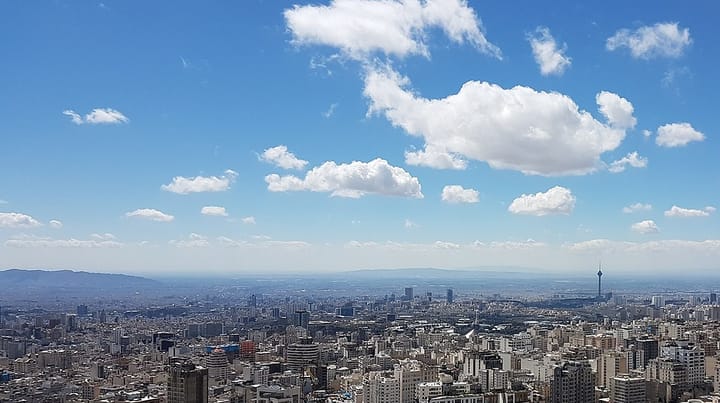
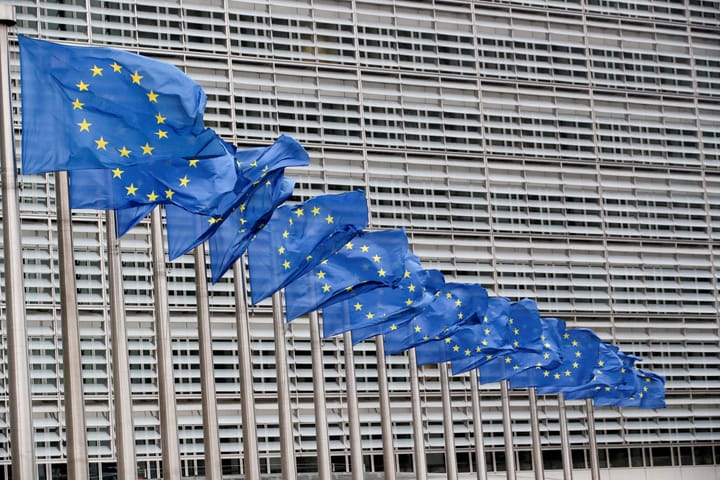
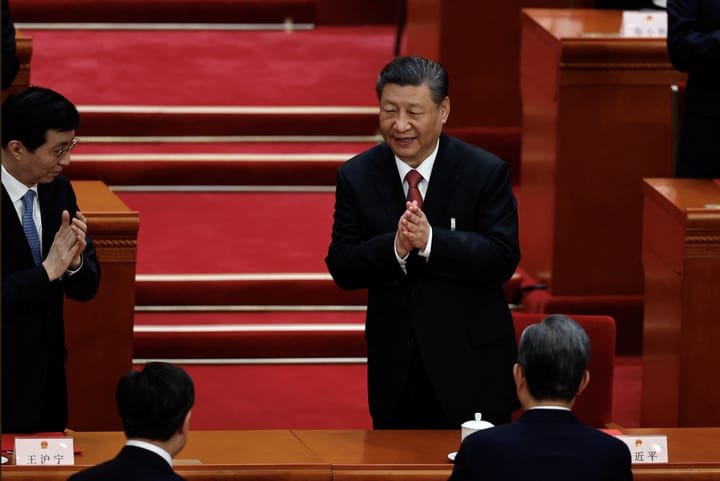
Comments ()